However, as is often the case, whether publicized or not, a few issues – or ‘teething problems’ – have been identified. We wanted to dig into some of these issues in order to see how severe they were, as well as detail some of the workarounds we and others have found.
For the rolling shutter and flash-banding tests, we compared the BURANO with the VENICE 2 and FX9. Our rig stacked two cameras on top of each other for the closest match between BURANO and each of the other cameras. For the IR pollution and sharpness tests, we evaluated BURANO only.
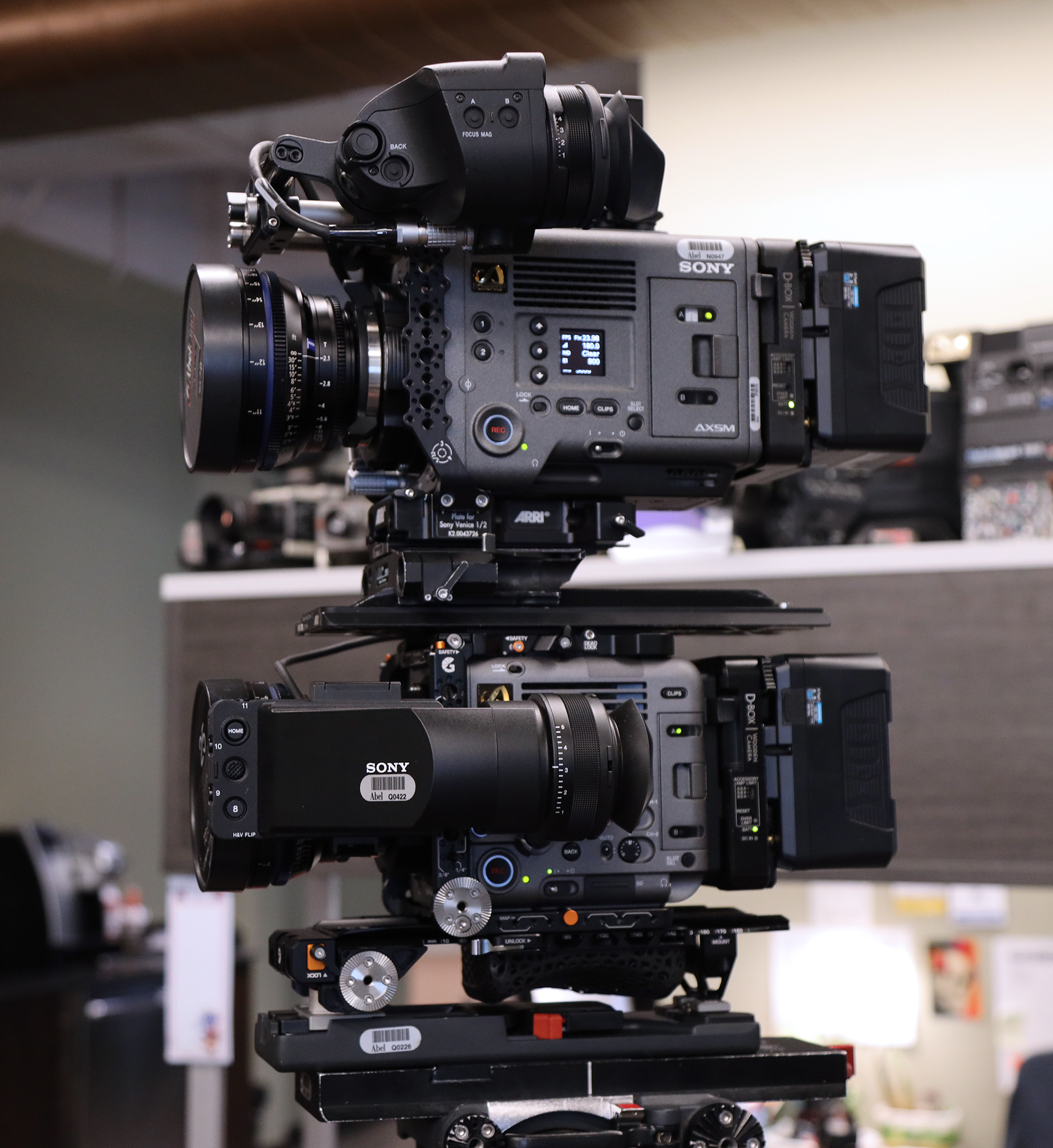
Rolling Shutter
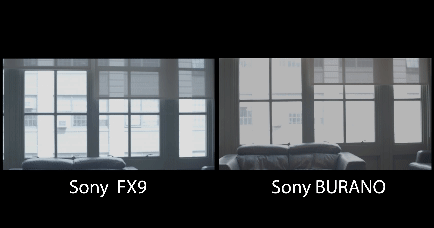
For this test, we perfomed the pan at an intentionally high speed. There’s no denying BURANO exhibits more noticeable rolling shutter at 8.6K “full chip” readout compared to VENICE 2, but significantly less than the FX9. It’s worth noting that VENICE 2 also shows observable rolling shutter artifacts, characterized by vertical lines in the frame appeared skewed to diagonal as the massive 8.6K frame is read out from top-to-bottom. We judged the difference between the two cameras to be worth taking into consideration when using them together.
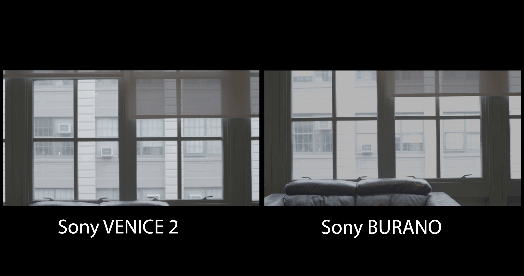
For example, if faced with a choice between which camera to use for wider-angle shots, or a stationary wide shot at a live event, versus which one to utilize for closer coverage or fast panning shots, one may want to utilize the camera with faster readout for the latter application. However, this is worth testing — it might be surprising how much movement one camera or the other can tolerate without showing these artifacts.
Flash-Banding
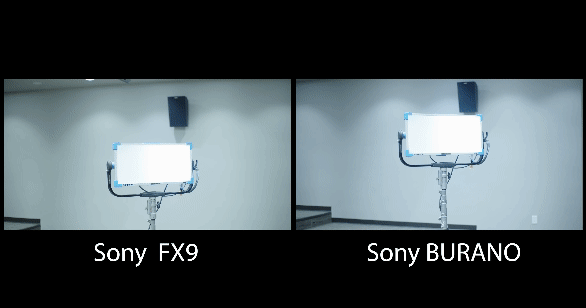
Similar to the rolling shutter issue above, we noticed slightly ‘worse’ flash-banding – where very brief events, such as the hot-shoe flash units used on still cameras during, for example, ‘red carpet’ events – with BURANO vs. Sony’s VENICE 2.
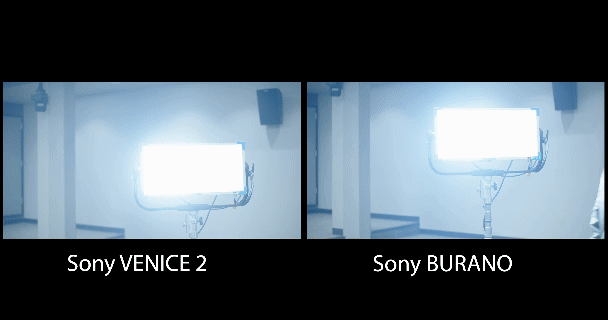
However, we judged the difference to be minimal, especially with continuous lighting fixtures set to simulate a camera flash effect.
IR Pollution
For this test, we compared BURANO’s rendering of natural and man-made fabrics side-by-side under harsh sunlight, both with and without the camera’s electronic variable ND engaged.
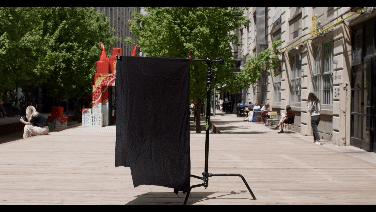
Above is a natural fabric shot on a Sony BURANO with an ND filter.
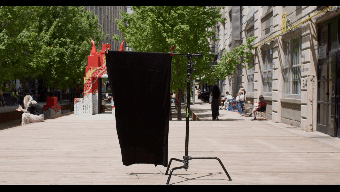
Above is a natural fabric shot on a Sony BURANO without an ND filter.
While the shiny synthetic fabric definitely ‘sparkled’ in a prismatic way, as compared to the matte black cotton fabric, we did not see any evidence of the kind of color shift associated with IR pollution.
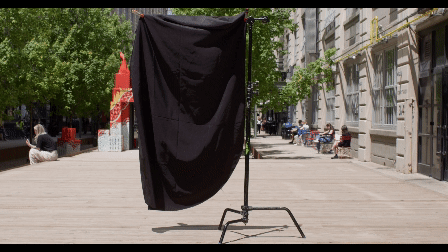
Above is a man-made fabric shot on a Sony BURANO with an ND filter.
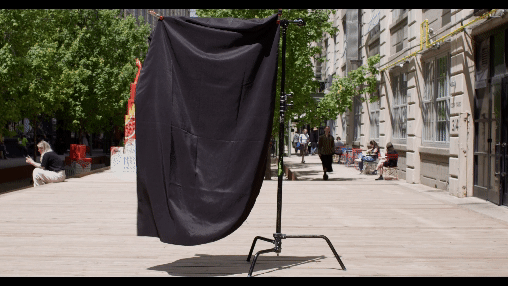
Above is a man-made fabric shot on a Sony BURANO without an ND filter.
While it’s certainly possible that some synthetic fabrics under some conditions might in fact provoke this behavior, we were unable to reproduce it in our testing.
Sharpness
Click to view larger.
Some have noticed, or claimed, that BURANO exhibits a drop in sharpness when used at the 6K crop of its sensor, versus 8K full frame or lower-resolution sensor modes. While we were able to just barely perceive a difference in sharpness, we felt it was very minimal, and unlikely to be noticeable with all but the sharpest of lenses. In this case, using a ZEISS Compact Prime lens, we found that the lens all but erased any differences in sharpness among sensor modes.
Conclusion
There’s no such thing as a perfect camera. The Sony BURANO may be the ideal tool for your project, or it may not. As with any tool, it’s important to understand a camera’s inherent strengths and weaknesses that will affect your image. Based on our findings, the BURANO remains an extremely compelling option in its price bracket.















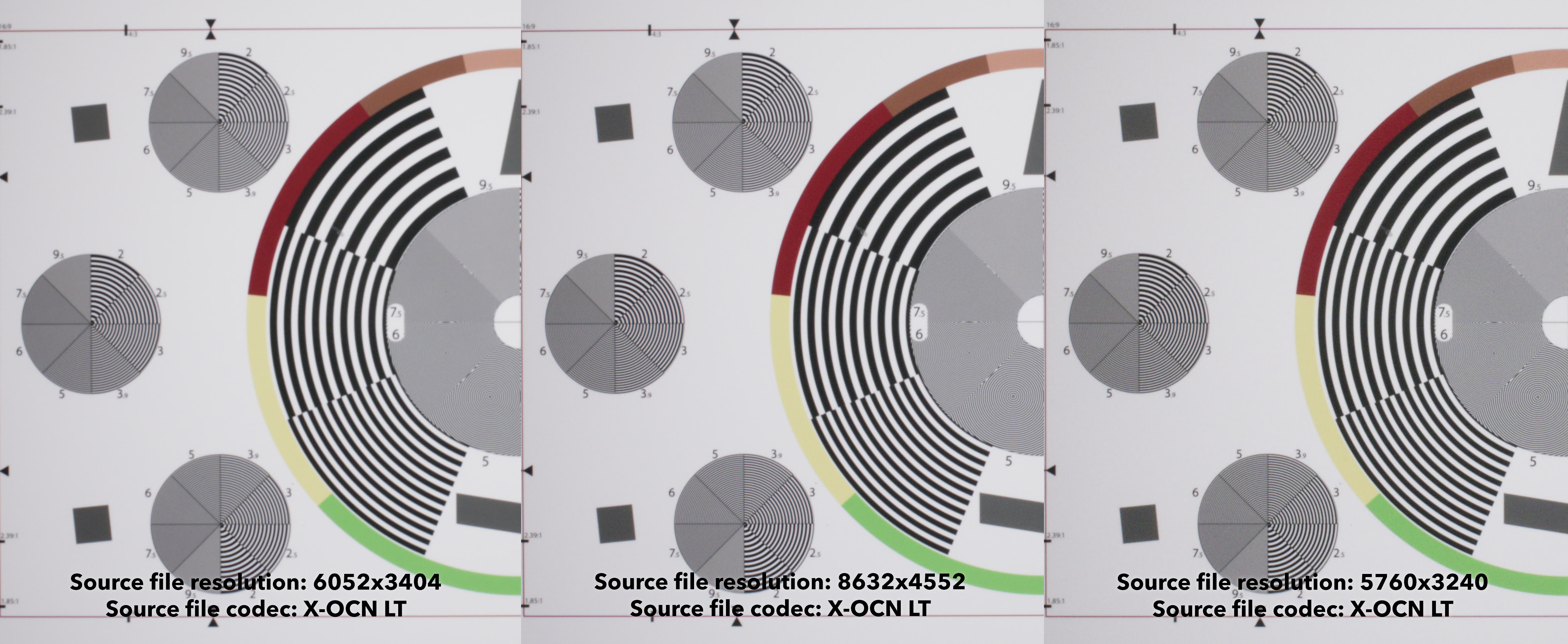
AbelCine encourages comments on our blog posts, as long as they are relevant and respectful in tone. To further professional dialog, we strongly encourage the use of real names. We reserve the right to remove any comments that violate our comment policy.
AbelCine publishes this blog as a free educational resource, and anyone may read the discussions posted here. However, if you want to join the conversation, please log in or register on our site.
We use Disqus to manage comments on this blog. If you already have a Disqus account registered under the same email as your AbelCine account, you will automatically be logged in when you sign in to our site. If not, please create a free account with Disqus using the same email as your AbelCine account.